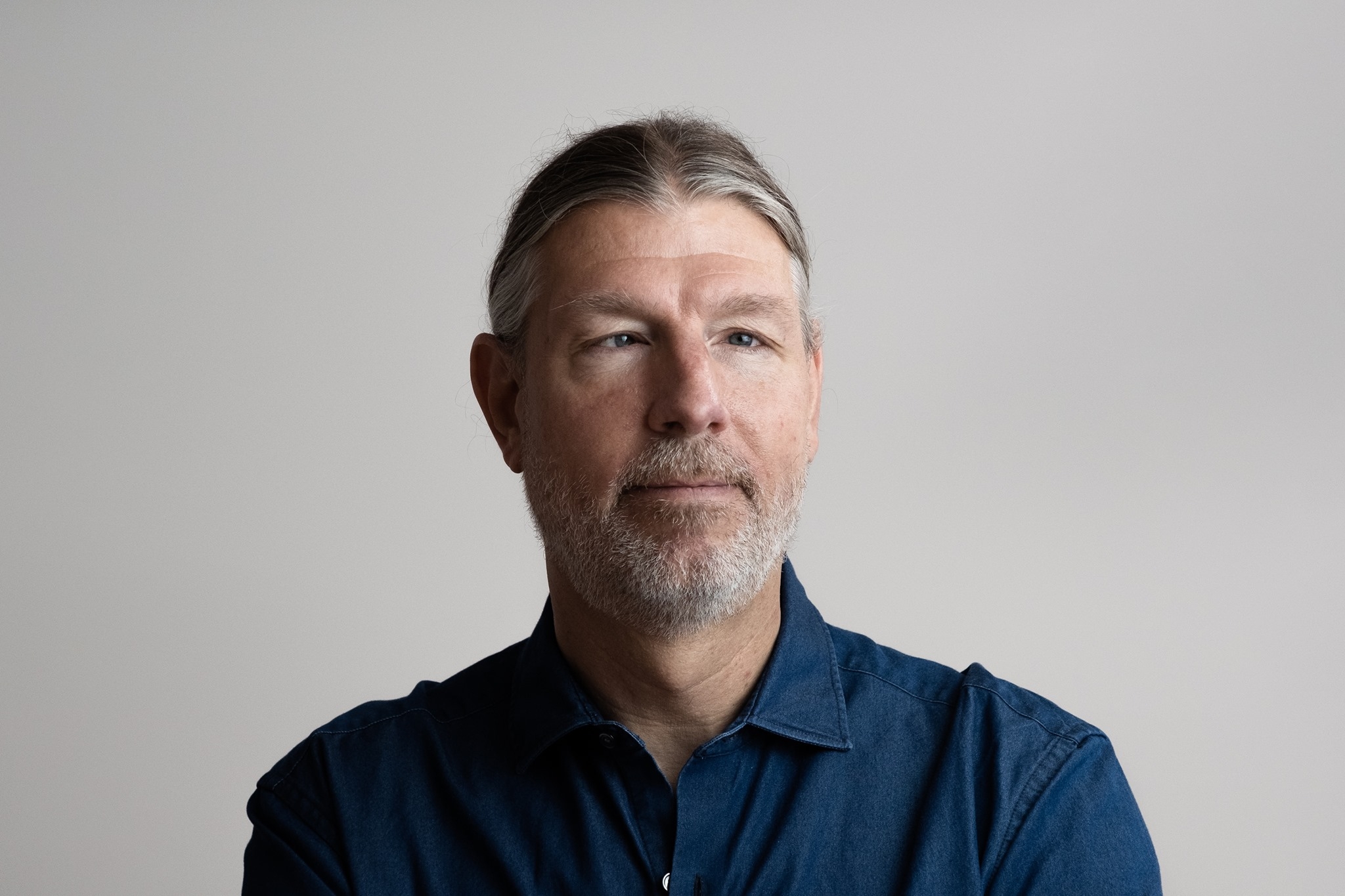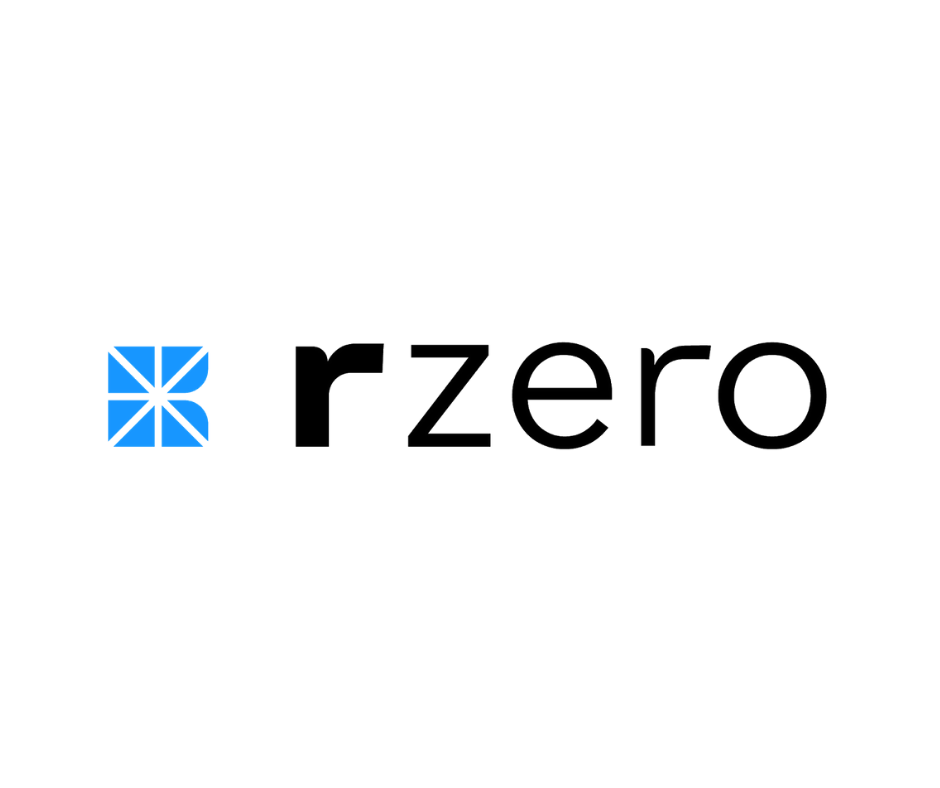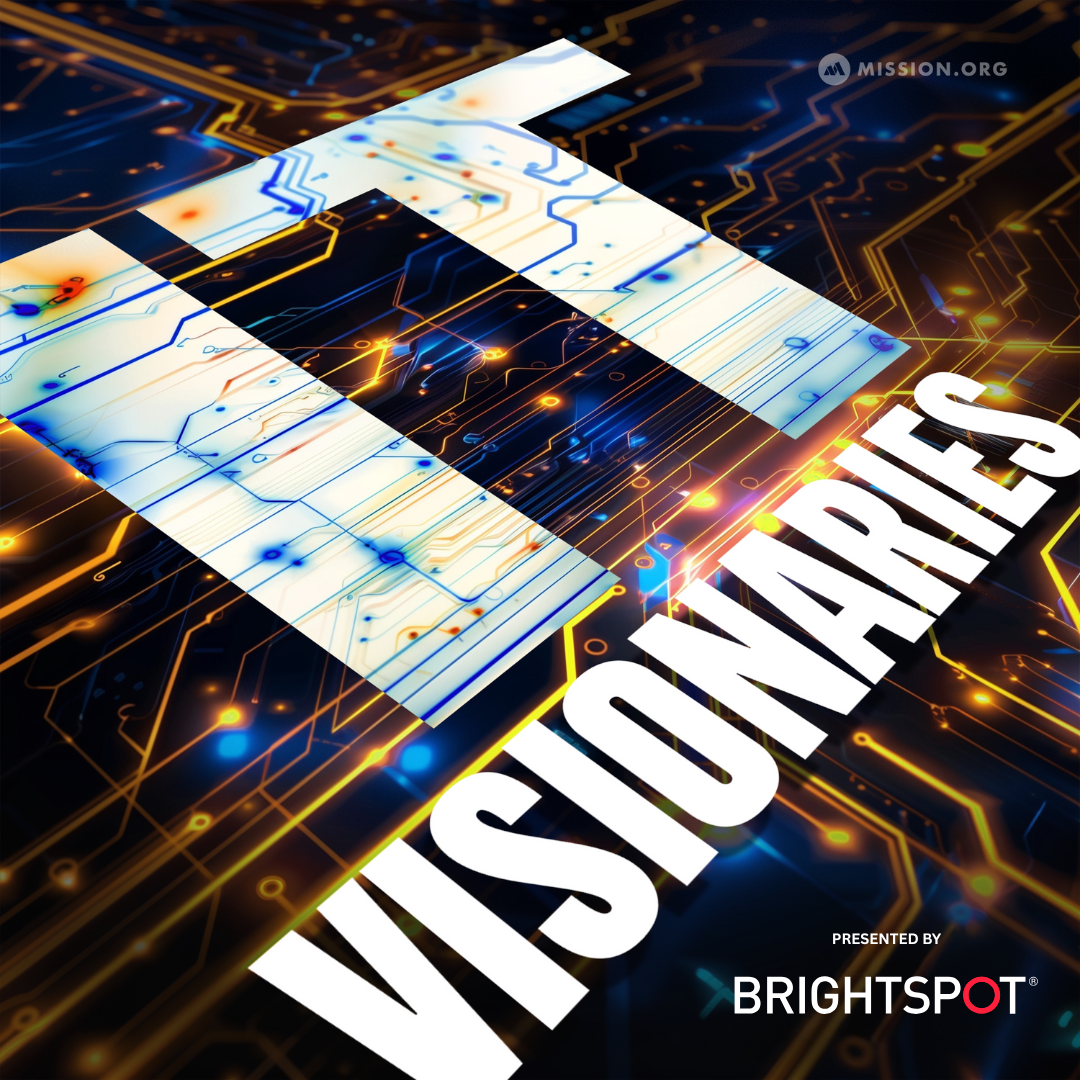Human beings have an ability to tolerate quite a bit. Oftentimes, this is a helpful survival strategy. Rather than being overwhelmed by life’s frailties to the point flight or fight is kicking in, it’s generally a good thing to accept the realities of existence that cannot be changed and then operate accordingly on that basis. This is better than being constantly unnerved by real and sometimes alarming things that it seems one cannot control. But sometimes a huge disruption lets people know that they have been tolerating something concerning that’s impact could have been mitigated by a sustained effort which leads to a new solution. Neil Day, CTO of R-Zero, makes this point about the seeming unstoppability of certain infectious diseases.
Main Takeaways
- Solving Multiple Problems: Not only was the coronavirus a huge problem, typical disinfectant solutions, such as liquid disinfectants, were difficult to apply and inefficient. Of course, massive problems are also opportunities for innovation.
- Relying on Something Tried and True: Using UV light as a disinfectant has historical precedence as well as scientific evidence concerning its effectiveness to curb the spread of viruses. R-Zero leaned into this established technology and then created a product that could utilize it effectively. Sensors in the machine as well as its capacity to hold data allow for implementation of risk management procedures.
- Now That We Are Utilizing UV More…: UV technology may become a more typical means to disinfect both businesses, and, eventually, homes. In recent history, people have mostly accepted that illness from viruses is an inevitable part of life. Based upon the experience of the pandemic and the potential solutions that may spring forth to solve that problem, this mentality may evolve and push humanity into a different expectation concerning health.
For a more in-depth look at this episode, check out the article below.
Article:
Human beings have an ability to tolerate quite a bit. Oftentimes, this is a helpful survival strategy. Rather than being overwhelmed by life’s frailties to the point flight or fight is kicking in, it’s generally a good thing to accept the realities of existence that cannot be changed and then operate accordingly on that basis. This is better than being constantly unnerved by real and sometimes alarming things that it seems one cannot control. But sometimes a huge disruption lets people know that they have been tolerating something concerning that’s impact could have been mitigated by a sustained effort which leads to a new solution. Neil Day, CTO of R-Zero, made this point about the seeming unstoppability of certain infectious diseases.
“When you take a step back, I think coronavirus has really highlighted the issue of transmission in public spaces,” Day said. “Think back pre-coronavirus; we all went to the office and pretty regularly there would be a wave of flu or a norovirus that swept through the office, and it was just kind of part of life. You got sick when you went to school or spent time in the office and we kind of accepted that. We don’t think that has to be the way things are. If you think back to the world pre-antibiotics, if you got a minor cut or a fairly common disease like strep throat, it could have terrible consequences. Lots of people died from bacterial infections and we just don’t accept that in a post-antibiotic world. We feel the same way about having really good disinfectant technology.”
No rational person would ever ask for a terrible pandemic to rock the entire world. But existence is not always straightforward where something perceived as bad only delivers bad outcomes, or something deemed good always delivers good results. Sometimes, good comes from bad and bad comes from good. In the case of this pandemic, there will be some positive outcomes born from the collective response to this otherwise tragic situation.
On a recent episode of IT Visionaries, Day explained how R-Zero quickly realized the scale of the coronavirus and became determined to create a disinfectant product to help enable people to live their lives as healthily as possible. Leaning on the historical scientific record of the efficacy of UV as a disinfectant, R-Zero created a mobile machine for B2B businesses to disinfect public spaces. Day also chatted about his transition from Blue Bottle to R-Zero.
Not only was the coronavirus the fundamental problem that R-Zero wanted to mitigate, it was also that many typical disinfectant approaches had limitations.
“If you read Clorox wipes bottle really carefully, you have to leave the surface wet for quite a long period of time, like several minutes typically for the bleach to have full inactivation of pathogens and a lot of people just give it a quick wipe and that’ll help, but it won’t get you to the disinfection that people are really looking for,” Day said. “So the amount of contact time is a big issue [and] just physically getting enough solvent or chemical on the surface can be difficult. And then we’re certainly hearing from some of our customers that just the amount of chemical exposure that people are getting is problematic.”
In order to move fast to come up with a disinfectant solution during the crisis, R-Zero leaned into a technology that has already proved scientifically efficacious in eliminating viruses.
“UV light has been around for a long time,” Day said. “It’s been used successfully in hospitals and other medical settings. Back in the forties and fifties when tuberculosis was a big problem, it was used very successfully to stop the spread of airborne tuberculosis. There’s just a tremendous amount of history and science and efficacy data on it. Pretty much all microorganisms are inactivated by UVC. What it does is breaks the DNA and RNA chains and inactivates the virus or the mold or whatever, [and] it keeps it from reproducing and spreading and from having any impact when we encounter it.”
Humans are also sensitive to UV-C. Therefore, R-Zero created a machine called Arc that can be run when people are not in that space. In addition to the physical component, R-Zero needed to have software to ensure the machine worked as intended.
“One of the other key things we built in was IoT technology,” Day said. “So not only does it do its job killing pathogens but it collects data about when, where, and how long it was run. That allows us to give people confidence that it’s actually been used properly in spaces. The hardware component was a big piece, but also the software for providing transparency and auditability was another big aspect of the project too.“
R-Zero has integrated hardware and software in its first offering, Arc, but also in its second machine Arc Air, which harnesses UV-C to focus on air purification. Although R-Zero’s current business model is geared toward B2B, its machines may be available more broadly for consumers in the future.
“There’s some really exciting things happening in the technology behind UV-C that are allowing us to make smaller, more suitable products for smaller offices and potentially homes and things like that,” Day said. “One of the areas that we’re really excited about is something called far- UVC. It’s a different wavelength of a UV-C that’s actually safe for humans and you can be in a room with a far-UV light source and not have to worry about the same kind of safety effects that you see with Arc and with other products where the wavelength is much more reactive with skin and eye tissue and all of that. Far-UV doesn’t react at all.”
Though the pandemic has been a very challenging disruption, it is clear that innovation is occurring that has the potential to improve human health moving forward.
In fact, the desire to help people and to create an interesting product in a new area are what led Day from his previous stop at Blue Bottle to his current role at R-Zero. Conversation with one of R-Zero co-founders, Ben Boyer, activated Day’s interest.
“When Ben and I met and started talking about R-Zero, [I] just saw a massive opportunity that could make a real difference in people’s lives,” Day said. “And it was a totally new domain to go really dig into, sink my teeth into, and figure out how to make something exciting with. Then the learning and the process of discovery is really what excites me about all these kinds of things.”
Indeed, wanting to help people and learn more is a powerful combination to drive innovation.
To learn more about how an incredible disruption and the potential solutions to it can change a previously accepted notion of reality, check out the full episode of IT Visionaries!
IT Visionaries is brought to you by the Salesforce Platform – the #1 cloud platform for digital transformation of every experience. Build connected experiences, empower every employee, and deliver continuous innovation – with the customer at the center of everything you do. Learn more at salesforce.com/platform




